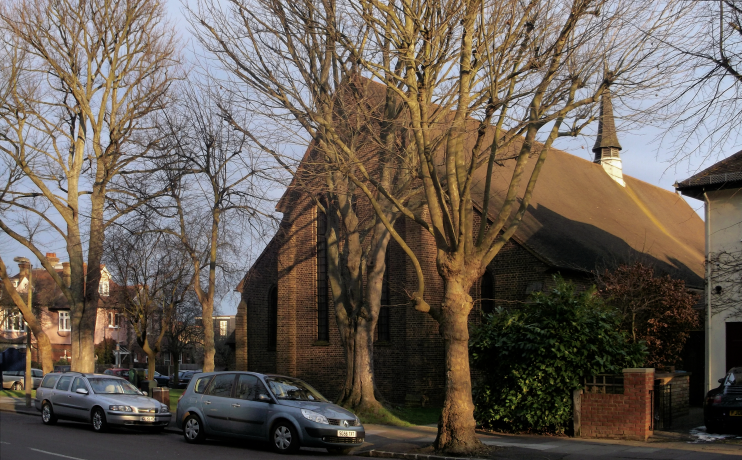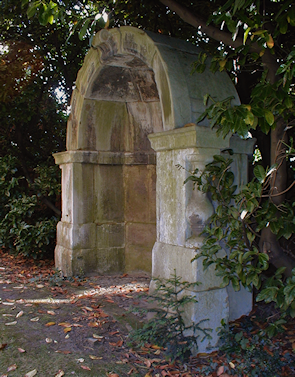East Sheen
East Sheen, Richmond upon Thames
A socially advantaged locality situated south of Mortlake and east of Richmond (Richmond was originally called Sheen, or Shene)

First recorded in 1247, East Sheen became a separate manor from Mortlake around 1500. The village was centred around Milestone Green, which lay where Upper Richmond Road now crosses Sheen Lane, with a few more dwellings where the lane meets Christ Church Road. East Sheen had 26 houses in 1617, by which time the two nuclei had probably joined.
The 17th-century Temple Grove was the manor house of East Sheen and took its name from the Temple family, later the viscounts Palmerston, who owned it until 1805. Around 1837, a younger son of the third earl of Dartmouth built Stanwell House at the north-west corner of East Sheen common, with decorative garden features reassembled from parts of old London Bridge, which had been demolished a few years earlier.
Christ Church was built in 1862–4 as a ‘daughter church’ of St Mary the Virgin Mortlake. The pyramid roof on the church’s tower collapsed a day after it was completed and had to be rebuilt.

The arrival of the railway at Barnes and Mortlake brought some early suburban development but the main spur to growth did not come until 1896, when 50 acres of the Palewell estate were sold, and other old estates soon followed.
Temple Grove, which had latterly served as a boys’ preparatory school, was demolished around 1900. By the early 1920s most of the area had been built up and the creation of a string of shops along Upper Richmond Road had given East Sheen retail ascendancy over the old district centre at Mortlake High Street.
Shown in the photograph at the top of this article,* the church of All Saints was built on East Sheen Avenue in 1928–9, and restored in 1965 after a fire.
A final phase of housebuilding filled the remaining gaps south of Upper Richmond Road in the 1930s and Stanwell House was demolished and replaced by the flats of Courtlands. A London Bridge alcove survives in the residents’ gardens. The 53-acre East Sheen Common is owned by the National Trust.
East Sheen has a predominantly white, well-educated population including many families with young children.
East Sheen was home to the Whig prime minister Earl Grey.
Sir Tim Berners-Lee, inventor of the World Wide Web, was born in East Sheen in 1955.
The last home of 1970s rock star Marc Bolan was 142 Upper Richmond Road West, a large Victorian house with a corner location, surrounded by a high brick wall and foliage. It was only a short distance from here that Bolan met his death on Barnes Common in 1977.
Postal district/postcode area: SW14 and Richmond TW10
Population: 10,348 (2011 census)
Further reading: Raymond Gill, The Growth of East Sheen in the Victorian Era, Picton, 1996
